Here's which pitcher filters took 100% of PFAS 'forever chemicals' out of drinking water
A recent federal government study finds PFAS — the ubiquitous nonstick "forever chemicals" used for decades by industry and in consumer products, compounds that don't break down in nature and are harmful to human health — could be found in 45% of U.S. tap water.
With federal regulations of even a few of the thousands of PFAS compounds still years away from taking effect, those who want to remove PFAS from their drinking water are on their own. But they have options.
The nonprofit, Washington-based Environmental Working Group recently studied readily available pitcher filters to test their effectiveness at removing PFAS from tap water.
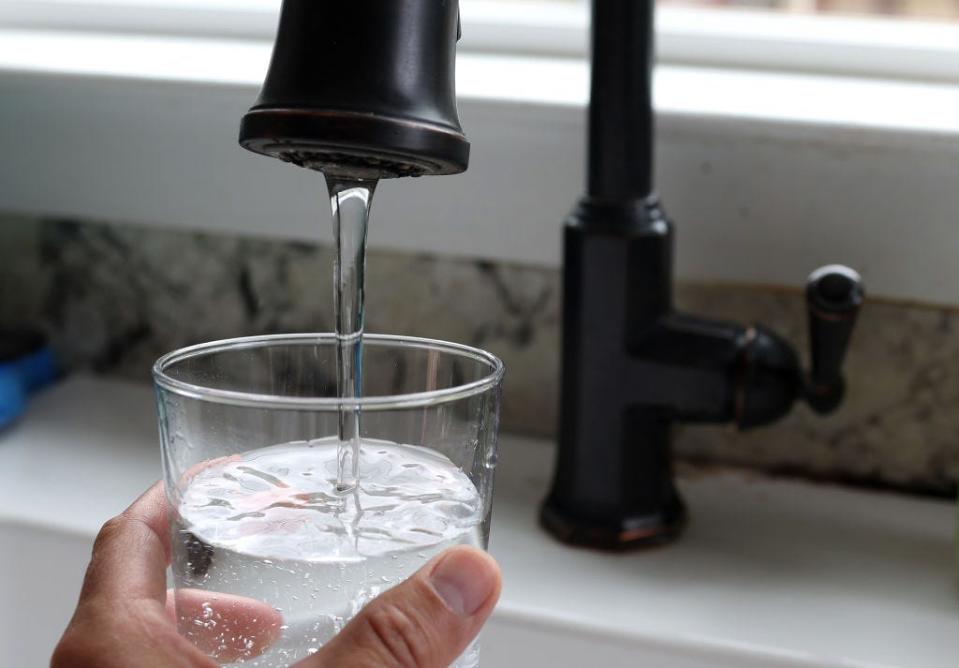
Large, whole-home, reverse osmosis filtration systems installed by plumbers are effective at removing PFAS compounds, but they aren't accessible for most people, said Sydney Evans, a senior science analyst with the Working Group's investigations team.
"We wanted to take a look at the filters that were easiest to bring into any home and set up," she said.
How the water filters performed
The researchers evaluated 10 pitcher filters using real tap water confirmed to have the presence of PFAS compounds. They tested the pitchers' ability to filter out 25 different PFAS compounds to nondetectable levels.
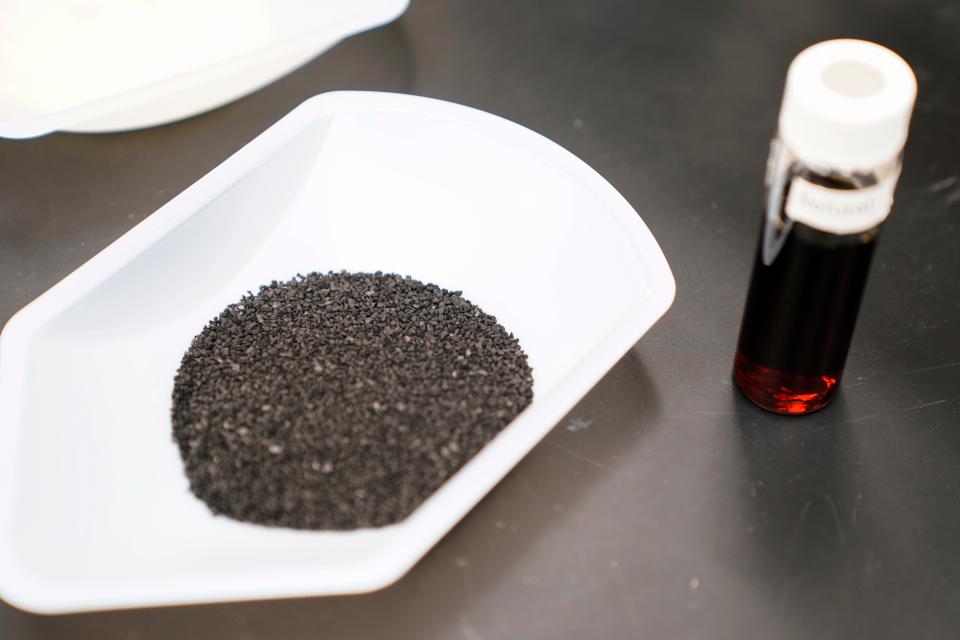
Three of the pitchers achieved 100% reduction of detectable PFAS, and a fourth pitcher a 98% reduction:
Travel Berkey Water Filter — Initial price: $344. Filter life: 8+ years (6,000 gallons). One-year cost: $344.Pros, according to the Environmental Working Group researchers: Non-plastic design; large water capacity; 100% PFAS reduction and exceptionally long filter life, at more than eight years, if using 2 gallons per day. Cons: Very high initial cost.
Clearly Filtered Water Pitcher with Affinity Filtration Technology — Initial price: $90. Filter life: about 50 days (100 gallons). One-year cost: $436.50 (initial cost plus seven filters for the year). Pros: Total PFAS elimination; clear design makes it easy to track how much water remains; the large pitcher size means refilling is less frequent. Cons: EWG user experience suggests it can be tricky to install the filter correctly and make sure it is tightened to the reservoir; the water passes slowly through the filter; filters must be pressure-primed at the faucet, which is difficult and can be annoying — and not accessible for those with upper body or hand strength limitations.
Zero Water 7 Cup 5-Stage Ready-Pour Water Filter Pitcher — Initial price: $24.99. Filter life: About 10 days (20 gallons). One-year cost: $646 (initial cost plus 37 filters for the year). Pros: 100% reduction of PFAS and low initial cost; replacing filters is simple and quick. Cons: The tradeoff for the low upfront cost is that the filters have a short life and must be replaced often, which means costs soon add up; the water reservoir is small and you'll need to frequently refill the pitcher.
Epic Pure Pitcher — Initial price: $70. Filter life: About 75 days (150 gallons). One-year cost: $248 (initial cost + five filters for the year). Pros: 98% PFAS reduction. Simple and easy to use — it has a large reservoir that is easy to access and refill. Replacing filters is also straightforward. The longer filter life of 150 gallons means paying for fewer replacement filters, and it’s less expensive in the first year than the three filters that reduce 100% of the PFAS. Cons: This filter has a higher initial cost than some other varieties, though cost of the replacement filters is mid-range.
Purchases you make through our links may earn us and our publishing partners a commission.

Changing filters correctly is critical
Some popular water filtering pitchers like Brita (66% PFAS reduction) and PUR (79%) effectively reduced the nonstick compounds, but not to the extent of the best-performing pitchers, Evans said. "That’s still pretty good for the cost — those are going to be a much lower cost overall, over the lifespan. And if that’s something that’s more affordable, 60% to 80% (PFAS reduction) is better than nothing."
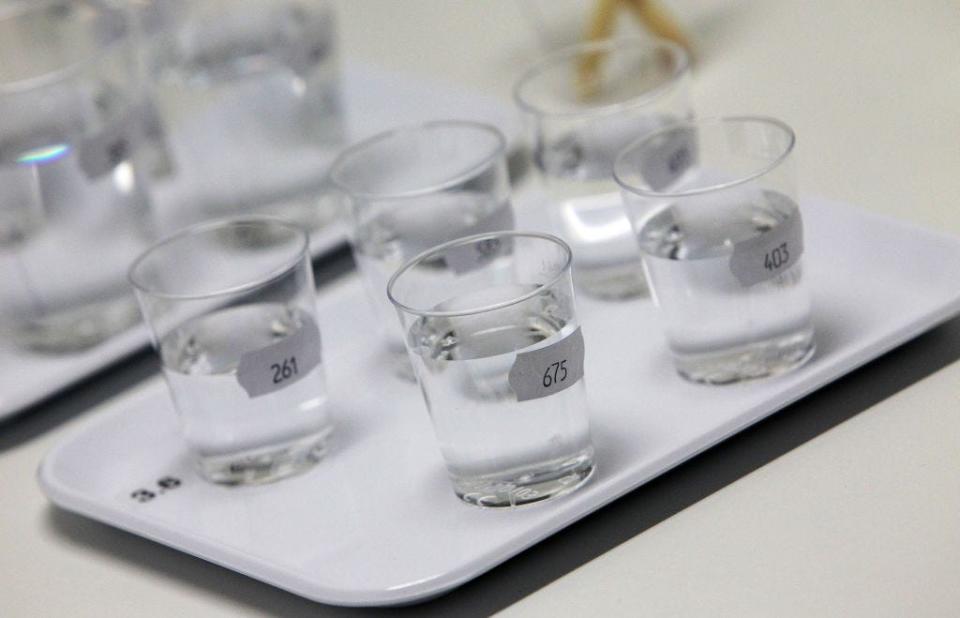
In an unexpected twist, the standard Brita filter outperformed the Brita Elite in the Environmental Working Group's test, with the higher-priced Elite model achieving only 20% PFAS reduction — the lowest-performing in the study. "But we don’t think it was necessarily an issue with the (filtration) media; we think it was a seal issue," Evans said. "Because we had some issues with the filters popping out over time when you go to pour, so that unfiltered water is going into the bottom of the pitcher."
To achieve maximum protection from PFAS, it's essential that pitcher users install the filters correctly and securely, and change the filters in accordance with manufacturer guidelines, Evans said. That's why ease of use, ongoing filter purchase costs and other factors should be considered, not just the initial price, she said.
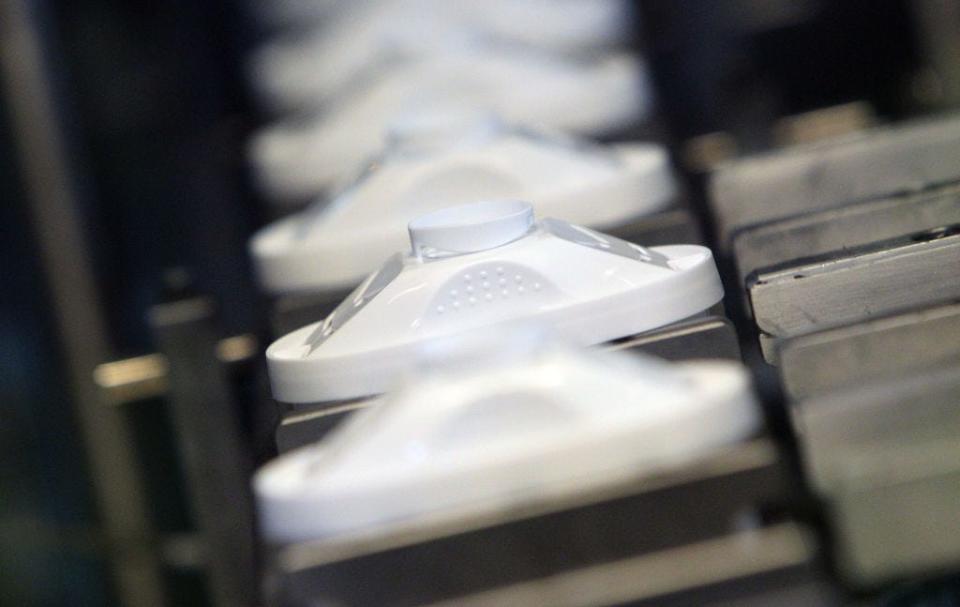
More: PFAS contamination: Michigan's biggest environmental crisis in 40 years
More: Eating locally caught freshwater fish can put PFAS in human blood, study says
What are 'forever chemicals?'
Per- and polyfluoroalkyl substances — PFAS — were compounds used throughout industry and in commercial products since the mid-20th century for their nonstick and water-resistant properties, including Teflon-coated pots and pans, Scotchgard carpet stain protection and Gore-Tex rain-resistant clothing.
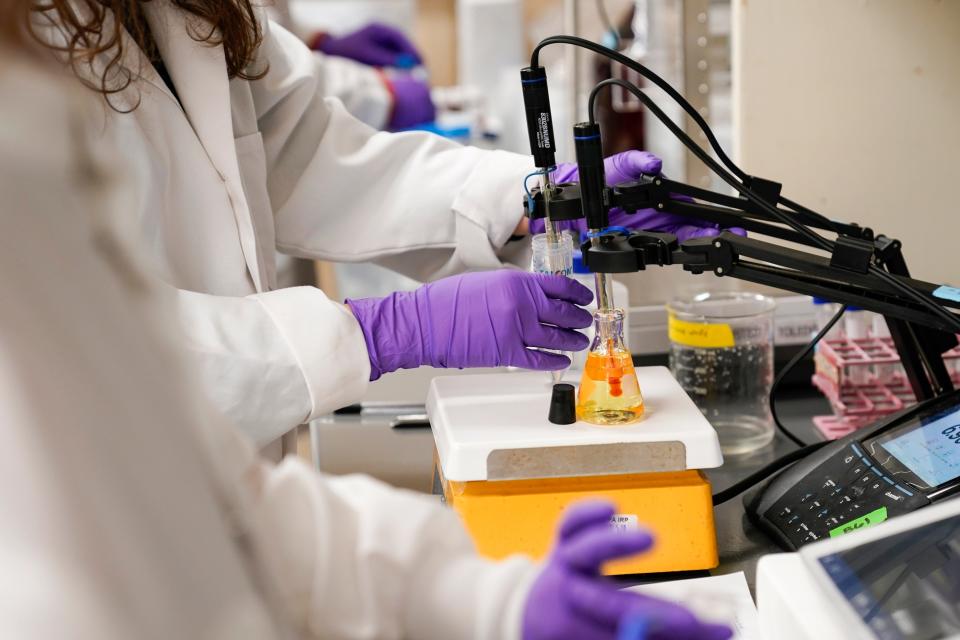
The compounds have been dubbed "forever chemicals" because they generally fail to break down in nature. In recent years, they've been found to contribute to a host of human health problems. PFAS have been linked to cancer; conditions affecting the liver, thyroid and pancreas; ulcerative colitis; hormone and immune system interference; high cholesterol; pre-eclampsia in pregnant women; vaccine ineffectiveness; and negative effects on growth, learning and behavior in infants and children.
The U.S. Environmental Protection Agency in March announced proposed National Primary Drinking Water regulations for PFOA, PFOS and four other PFAS compounds. EPA is proposing to set a maximum contaminant level of 4.0 parts per trillion (ppt) for PFOA and 4.0 ppt for PFOS, and is proposing to address four additional PFAS (GenX, PFBS, PFNA, and PFHxS) as a mixture using a hazard index.
But those regulations, and any changes at municipal water treatment plants, could be years away, said Tasha Stoiber, a senior scientist at Environmental Working Group.
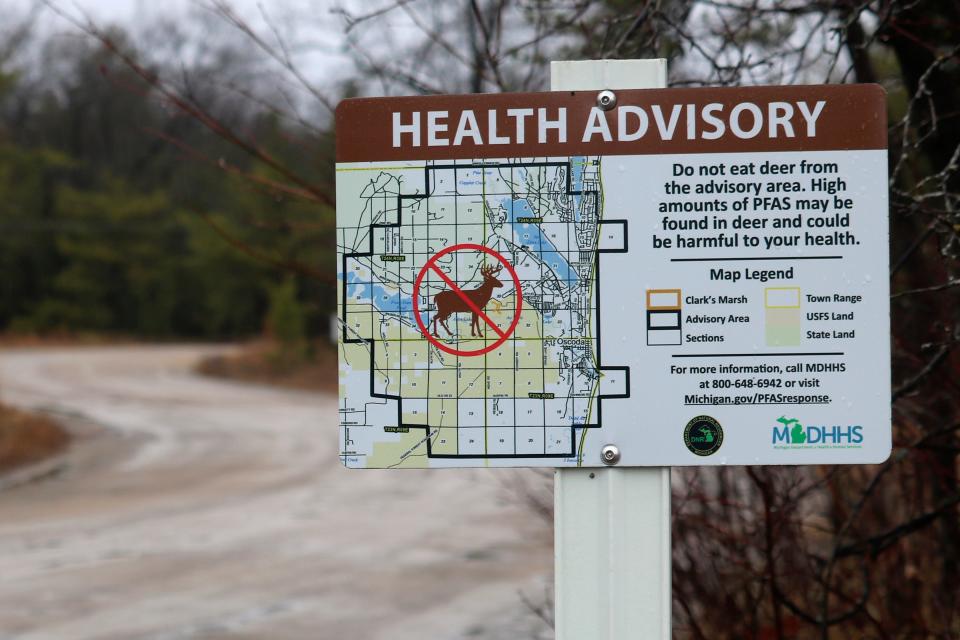
"Once PFAS is in the environment, we really don’t have good disposal methods for these chemicals — they end up in wastewater streams, they end up in landfills, they don’t really degrade," she said. "So you do get this endless cycling in the environment. We are trying to pull them out of our drinking water, but you still have that contamination cycling around in the environment.
"The best way to prevent pollution is to end the non-essential uses of these chemicals. We just don’t need them in all of the different consumer products they are being used in."
Contact Keith Matheny: kmatheny@freepress.com.
This article originally appeared on Detroit Free Press: PFAS may be in your water. These filters can take it out.

